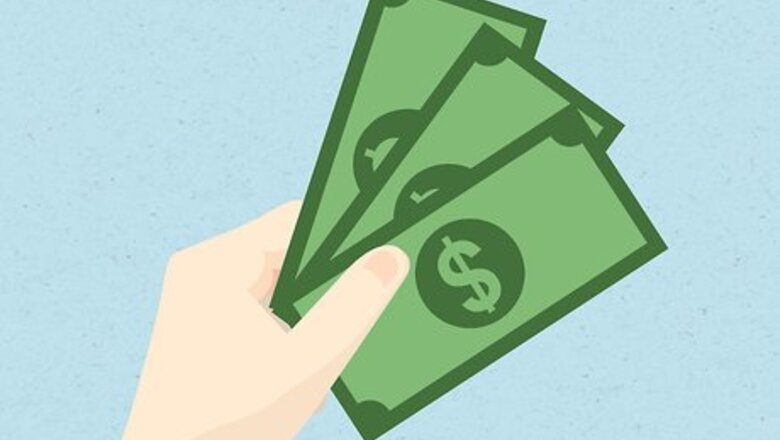
views
How to Pay for a Money Order
Visit a place that offers money order services. Your local post office, Western Union, MoneyGram, Walmart, and certain banks all offer money order services—the catch is that you have to visit them in person. These establishments can all help process your money order. Dave Ramsey Dave Ramsey, Financial Advisor To purchase a money order, visit your bank, post office, grocery store, or other retailer. Specify the exact amount you wish it to be made out for, keeping in mind many places impose a maximum, such as $1000. You'll pay a small fee, around $1-2, then the money order is printed for you to fill in the recipient name.
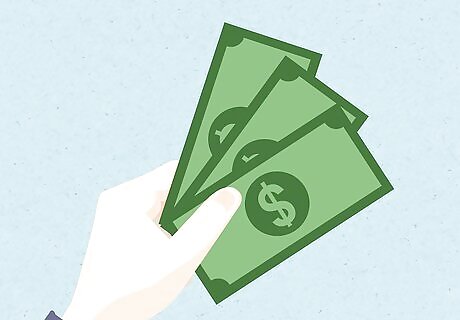
Pay for the money order using cash, debit card, or a traveler's check. Locations like the USPS won’t let you pay for a money order with a check or credit card. With this in mind, bring cash, a traveler's check, or a debit card with you whenever you get a money order. A traveler's check is a type of check you can receive from your financial institution, though they aren't as common anymore. At places like the USPS, you need to use at least half of your traveler's check on the money order for it to be considered acceptable payment. Double-check that the institution you’re visiting accepts traveler’s checks, though—Walmart, for example, only accepts cash or debit. Be prepared for extra processing fees to be tacked onto your final cost. These typically aren’t more than a few dollars (unless you’re sending a money order internationally, in which case it's about $50), but it helps to prepare for them ahead of time.
Fill out the money order. Boiled down, a money order is essentially a check that you’ve gone and paid for ahead of time—so, you have to fill out a money order in the same way that you might fill out a check. Here’s a quick run-down of how to do that: Write the recipient’s name in “Pay to the Order Of.” The “Pay to the Order Of” section is official phrasing for the person/entity who’s receiving the money order. Double-check that you’ve spelled everything correctly before moving on. Include your information. In the purchaser section (sometimes defined with terms like “sender” or “from”), include your address (and name, if requested). Provide a specific account number for bill payments. If you’re taking care of a bill with your money order, write down your relevant account number in the “payment for/account number” portion of the document. If you aren’t paying for a bill, skip this step. Add your signature at the bottom. Since a money order is an official financial document, it’s important to sign your name on the front of it (not on the back).
Hold onto the receipt from your money order. Like any transaction, money orders come with a receipt that prove you purchased the money order in question. If you misplace your money order or find a mistake on it somewhere, your receipt can help you get everything sorted out.
Can you get a money order online?
No, but there are online services that allow you to send money digitally. Unfortunately, money orders typically need to be processed in-person, so you can’t order one online. However, there are plenty of ways to send/transfer money quickly to people domestically and internationally: Use an online service like Walmart, MoneyGram, or Western Union. Western Union Wire money through your bank Get a cashier’s check Use a money transfer app/service like PayPal, Venmo, Apple Pay, Cash App, or Zelle
The Purpose of Money Orders
Money orders allow you to make secure financial transactions. Before the recipient can access the money, they need to sign the back of the money order, which was previously signed by you. This makes it trickier for a random person to steal and cash a random money order. Institutions like the Department of Motor Vehicles (DMV) may ask you to pay using a money order or check.
Money orders can be used in lieu of a check. Checks are financial documents that take money out of your bank account and cash it into another person’s. Unfortunately, checks aren’t 100% guaranteed, and can theoretically “bounce” if there isn’t enough money in the original bank account. Money orders, on the other hand, are paid for ahead of time, and are guaranteed to provide the amount of money promised. Because of this, money orders are considered more flexible and reliable than checks (since no bank account is required to access the money).
Money orders let you send a set, prepaid amount of money. Unlike checks, which can theoretically be made out to a flexible amount, money orders are often capped at $1,000. With that being said, customers are allowed to buy multiple money orders at once, which can get the job done if you’re paying for something more expensive. International money orders are capped at $700 if you're buying them from the USPS. Keep in mind: If you’re purchasing a high amount of money orders (like more than $3,000 worth), you may be asked to show ID and fill out a specific form.











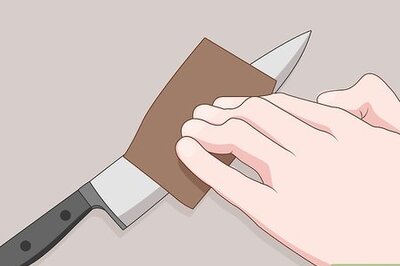
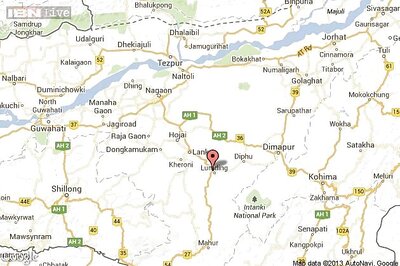

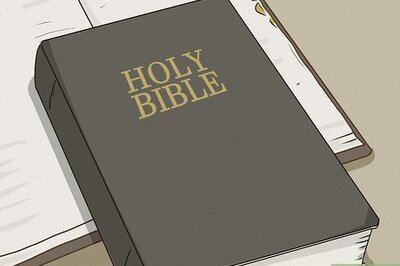





Comments
0 comment